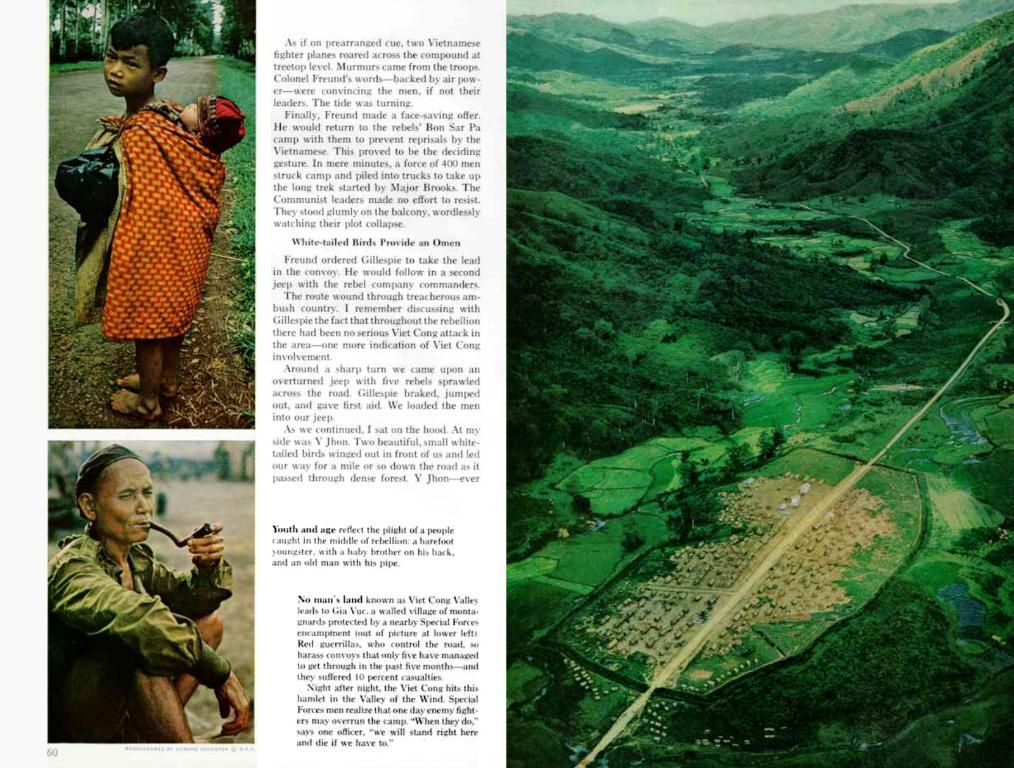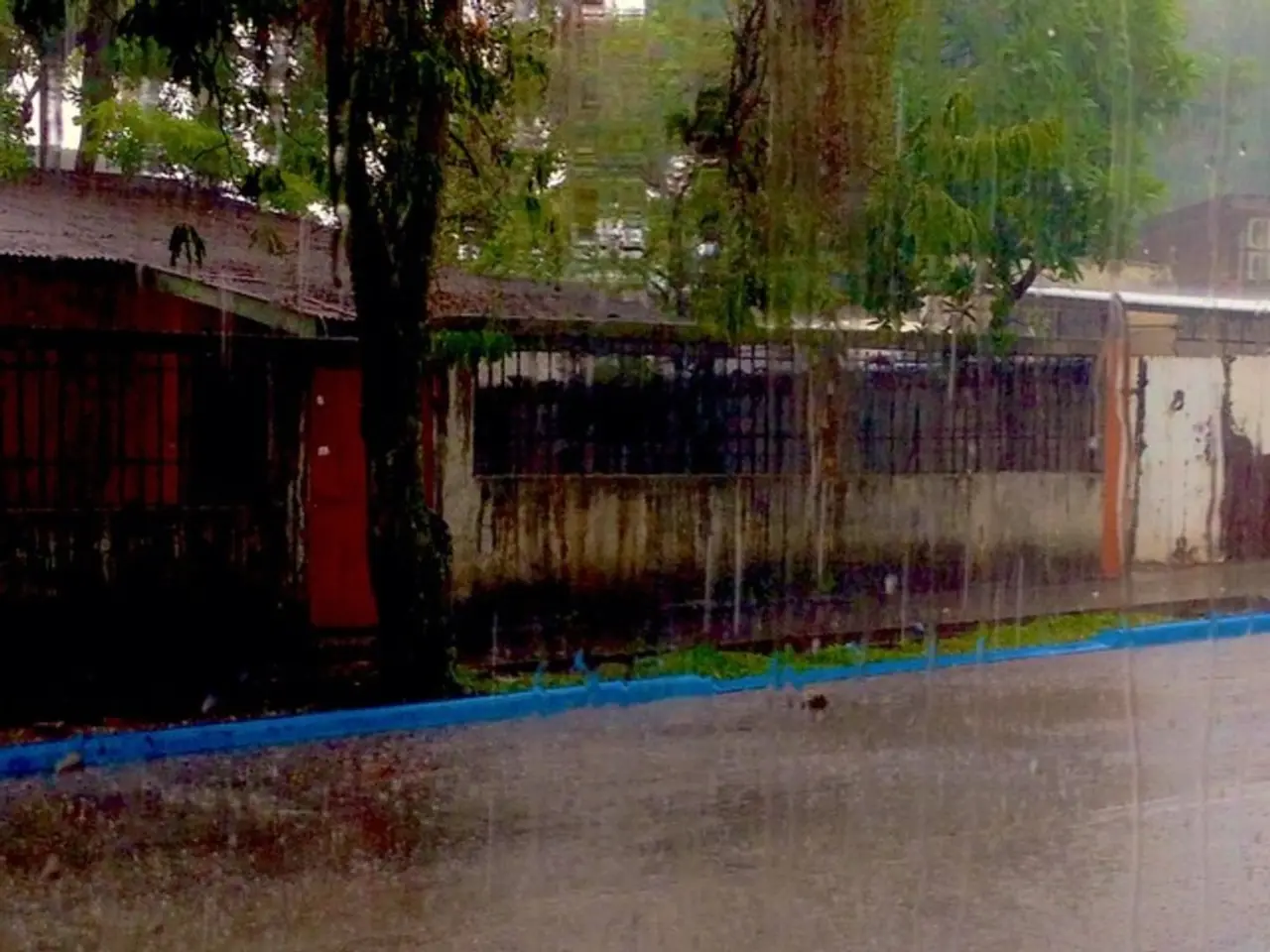Heavy rainstorms in Kinshasa, DRC lead to tragic casualties: at least 19 people reported dead
Heavy rains and subsequent flooding in Kinshasa, the capital of the Democratic Republic of Congo (DRC), have become a recurring nightmare for its 17 million residents. Recent incidents, such as those in June and April 2025, have grimly illustrated the disastrous consequences these events can have.
June 2025 Flooding: A Deadly Toll
On June 14, at least 19 people lost their lives in flooding caused by relentless rainstorms. Most deaths were reported in the western neighborhood of Ngaliema (17 casualties), while two more fatalities were recorded in the southern neighborhood of Lemba, due to a devastating wall collapse[1][2][3]. Moreover, the flooding submerged over 500 homes in the Matete commune and wreaked havoc on infrastructure, including a police camp and a bridge in Lemba[1][2].
April 2025 Flooding: A Similar Fate
Mere months prior, in April 2025, torrential rains again struck Kinshasa, claiming at least 22 lives and leaving much of the city, including access to the main airport, underwater or inaccessible[2].
A Broader Challenge: Eastern DRC and the Region
The DRC is not immune to severe flooding. In May 2025, over 100 people perished in catastrophic floods near Lake Tanganyika, in the eastern part of the country[2]. On a larger scale, west and central Africa has been affected by heavy rainfall and severe flooding, with about 6.9 million people impacted in 2024[1].
Kinshasa: A City Under Strain
Kinshasa's antiquated drainage and sewerage systems, often obstructed by mountains of garbage, contribute significantly to the severity of these floods[1]. This chronic issue, exacerbated by environmental factors, makes floods a persistent challenge for both residents and authorities.
Humanitarian Response and the Road Ahead
In the aftermath of the June 2025 floods, the government has taken steps to aid families, including covering funeral costs for the deceased and providing medical attention to the injured[4]. The struggle to address these recurring disasters, however, necessitates urgent infrastructure improvements and environmental management to lessen the impact of heavy rains on Kinshasa's vulnerable residents.
Sources
- UN estimates 6.9 million people in West and Central Africa affected by flooding
- DRC flooding: At least 129 dead, hundreds missing as up to 400,000 displaced
- DRC: Call to intensify response as floods kill 19 in Kinshasa
- Government sends aid to flood victims in Kinshasa
Related Content
- DRC flooding: Congolese President Felix Tshisekedi faces the wrath of the victims
- In DRC, floods have killed over a hundred people in the east of the country and caused significant damage
- Over 100 dead in catastrophic floods near Lake Tanganyika in eastern DRC
- DRC's 'anarchic urbanization' leaves it vulnerable to floods
The severe weather events in Kinshasa, such as the June and April floods, have been linked to climate change, posing a significant challenge to the city's environmental science. The destruction caused by these events, including loss of life, submerged homes, and damaged infrastructure, highlight the urgent need for improved drainage systems, sewerage, and environmental management to prevent future disaster impacts on the city's residents.








